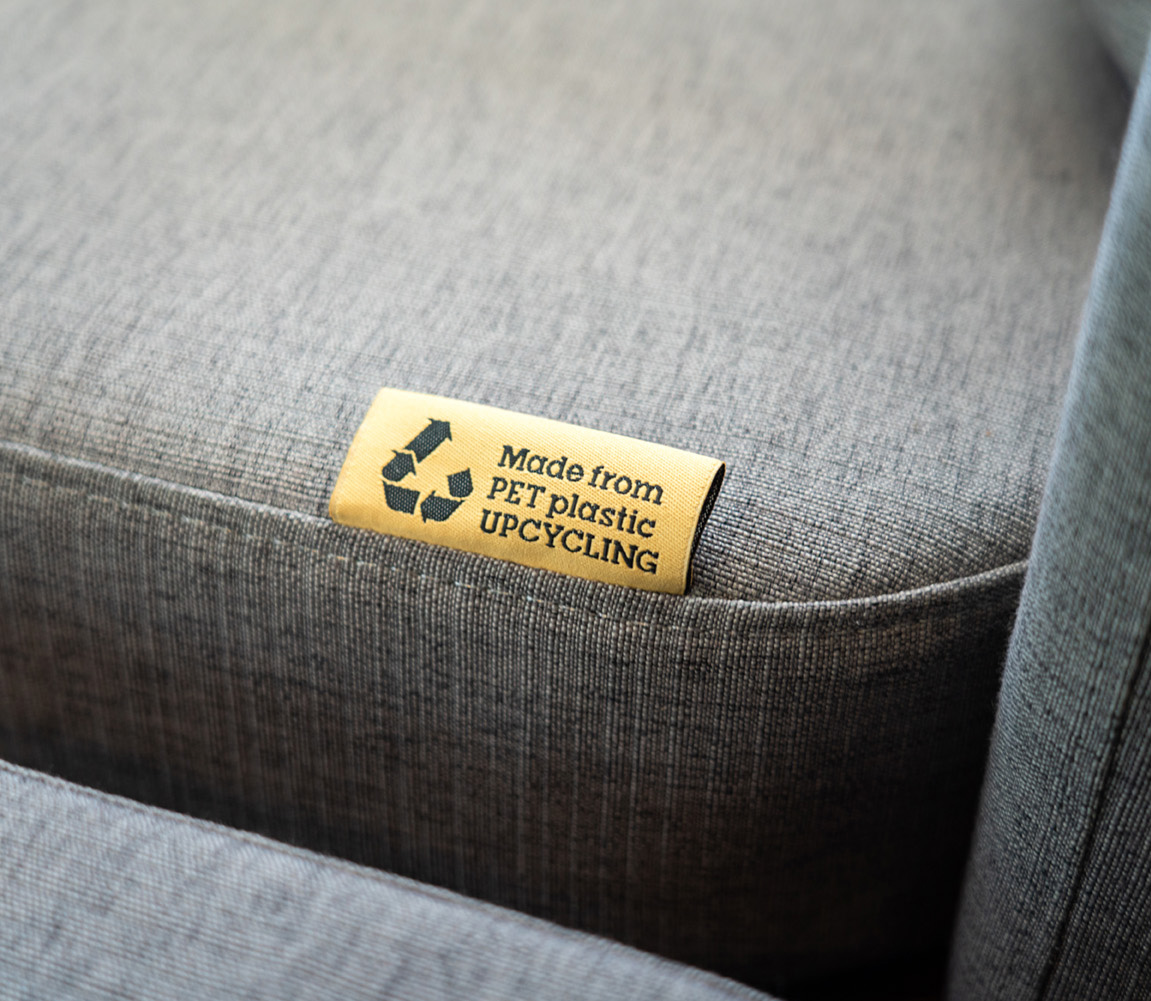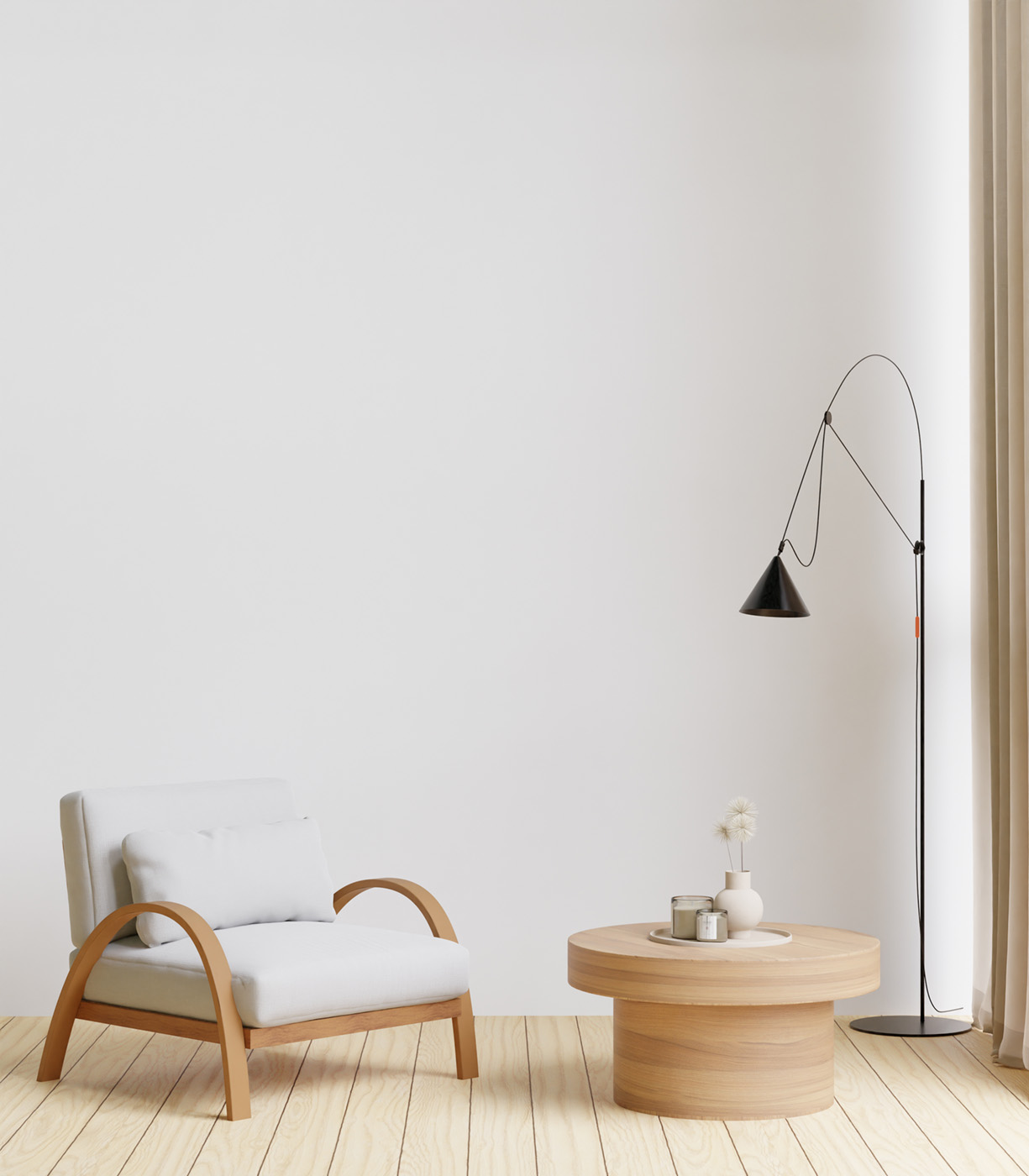Leaders for the circular transition within the furniture sector
Moving away from the linear “take-make-use-dispose” model and transitioning to a regenerative growth model is essential to keep resources consumption within planetary boundaries and reduce climate change. In a circular economy, the value of products, materials and resources is maintained in the economy for as long as possible, while the generation of waste is minimized.
The current linear economy continually increases its demands of scarce natural resources, which is linked to the economic growth. By using and consuming in a more circular way, it is possible to substantially reduce the impacts of human economic activities on the environment, including on biodiversity, achieving a sustainable economic growth.

According to Ellen MacArthur Foundation, the circular economy is a system where materials never become waste and nature is regenerated. In a circular economy, products and materials are kept in circulation through processes like maintenance, reuse, refurbishment, remanufacture, recycling, and composting. The circular economy tackles climate change and other global challenges, like biodiversity loss, waste, and pollution, by decoupling economic activity from the consumption of finite resources.

To accelerate the EU’s transition toward a circular economy, and under the umbrella of the European Green Deal, the European Commission adopted the new Circular Economy Action Plan in March 2020. Among other actions, it announced a sustainable products initiative to make products fit for a climate-neutral, resource-efficient and circular economy, as well as reduce waste.
On 30 March 2022, the Commission published a proposal for a regulation (COM(2022) 142 final) establishing a framework for setting ecodesign requirements for sustainable products, repealing Directive 2009/125/EC. It builds on the Ecodesign Directive, but increase the scope of products and the aspects to be covered, not only energy efficiency aspects, but also circular economy aspects such as durability, reparability, recyclability, etc.
Finally, on the 27 May 2024, the ESPR - Ecodesign for Sustainable Products Regulation was adopted by the Council, establishing a framework for setting ecodesign requirements for sustainable products.

The agreement indicates that the Commission should prioritise a number of product groups in its first working plan, which is to be adopted no later than nine months after the entry into force of the new legislation. Among these priority products are furniture, along with iron, steel, aluminium, textiles (notably garments and footwear), tyres, detergents, paints, lubricants, and chemicals.
For these (and future) products the Commission is empowered to adopt ecodesign requirements via delegated acts. The industry, as well as national administrations, will have 18 months, after the adoption of the delegated act, to adapt to the new ecodesign requirements. However, in some duly justified cases, the Commission can set an earlier date of application.
The Commission will evaluate the improvements in the environmental sustainability of the requirements adopted, together with other criteria like their life-cycle or environmental, carbon and material footprints.
As the next generation of circular economy pioneers you are a key part of the solution. Guided by a regenerative and restorative mindset, your creativity and leadership will contribute to the mobilisation of a new industrial system.
— Andrew Morlet - CEO Ellen MacArthur Foundation


These requirements on circularity and sustainability must be incorporated in all stages of the furniture value chain to achieve a fully circular economy: from design to production and all the way to the consumer. Therefore, a circular model should include ecodesigned products and services, based on low impact and traceable raw materials, durable and repairable products, sustainable manufacturing processes, and promotion of the best usage and recovery scenarios for materials and discarded products.
The transition from linear to a circular economy will imply new business models and the redesign of furniture companies’ strategies, to adapt them to the new reality, avoiding a loss of competitiveness during this process.
To be successful, the transition process should be led by professionals with the right curricula and training to understand, manage and promote circular strategies in their companies and successfully lead this transition along the furniture sector's whole value chain.


